09th May 2022
2019 was the first of the lockdown primeurs tastings and, as it turned out, the most successful Bordeaux futures campaign for a decade. May and June 2020 were unprecedented tasting times. Barring the possibility of international travel, the unfolding situation of high-quality wines being released at surprisingly keen prices called for a whole new reviewing strategy.
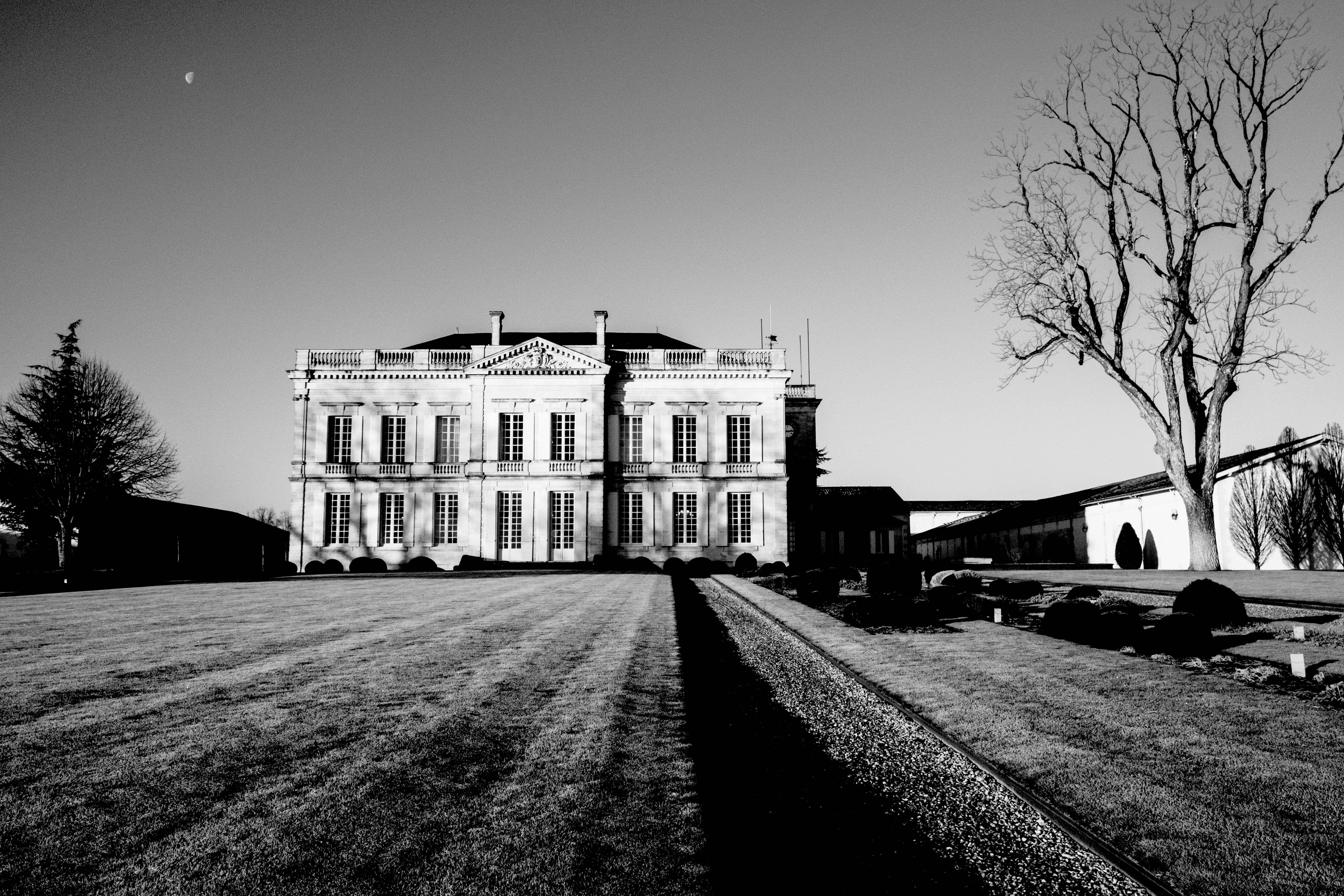
The Missing Pieces
I remember each day being a frenetic rush to request samples, unpack boxes, open bottles, and taste with furious speed while the presumedly fragile barrel samples were still fresh. (It turned out that these samples were not nearly as delicate as we all assumed they might be due to generally well-balanced wines with lower pHs than some other warm/dry vintages and plenty of tannic structure.) Adding to the confusion, several major Château opted not to send samples to critics, concerned about how the samples might travel. These wineries included: Ausone, Canon, Cheval Blanc, Gruaud Larose, Lafleur, Latour, Le Pin, Palmer, Montrose, Petrus, Rauzan-Ségla.
Even though I understood their positions, not tasting these wines was frustrating. These properties represent benchmark, singular terroirs and are critical to fully understanding and summarizing the vintage. A year and a half later, I returned to Bordeaux in January and February this year to taste the bottled wines, including these missing pieces of the vintage puzzle.
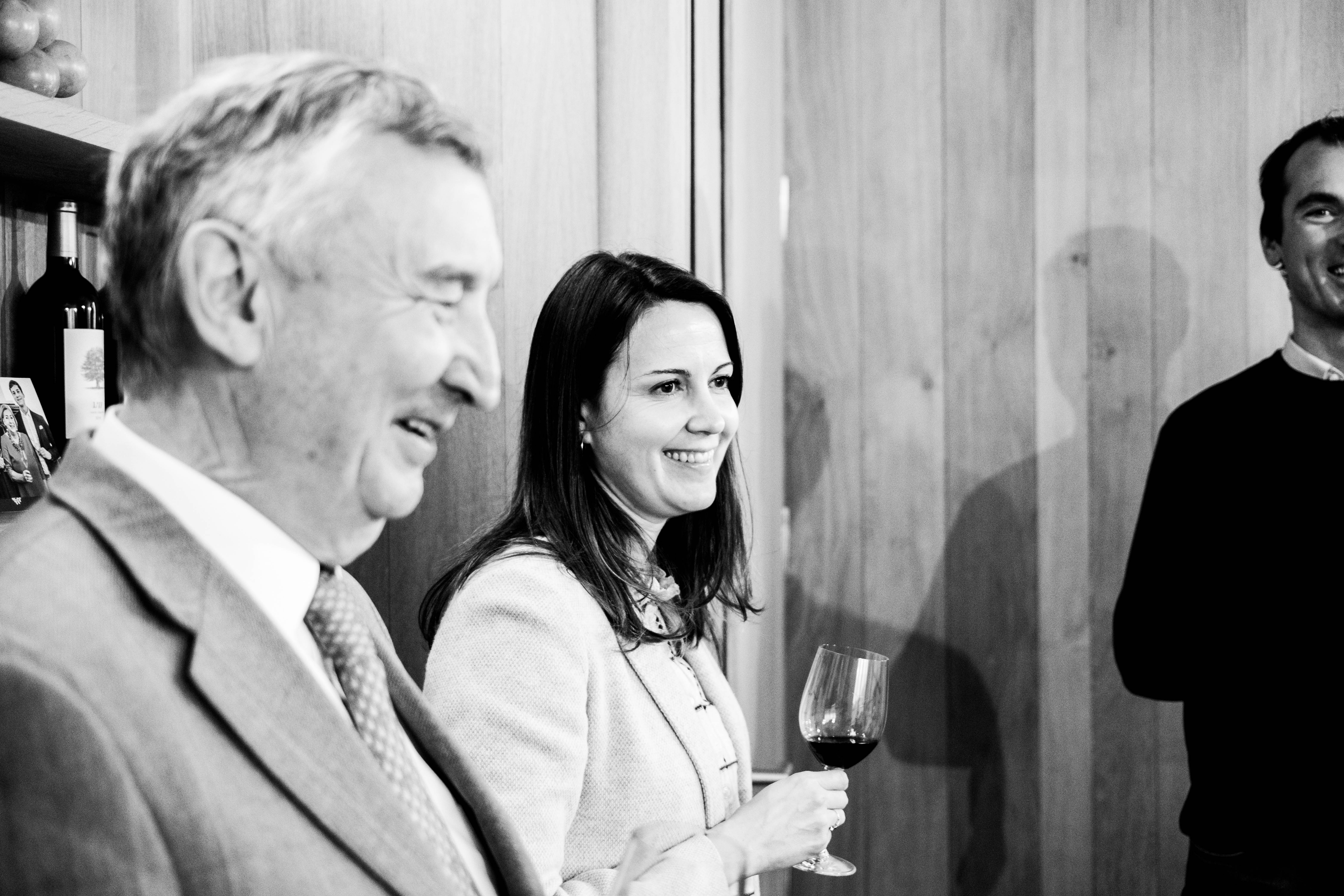
“Of the three vintages (2018, 2019, and 2020), 2019 was the easiest,” said Eric Kohler, technical director at Château Lafite. “2019 was a lot more balanced. When the stress in July arrived, the vineyard was perfectly ready. The extreme heat happened at the perfect time—in July, before véraison, which is ideal. September was nice, a little warm, but nice. It was an easy vintage.”
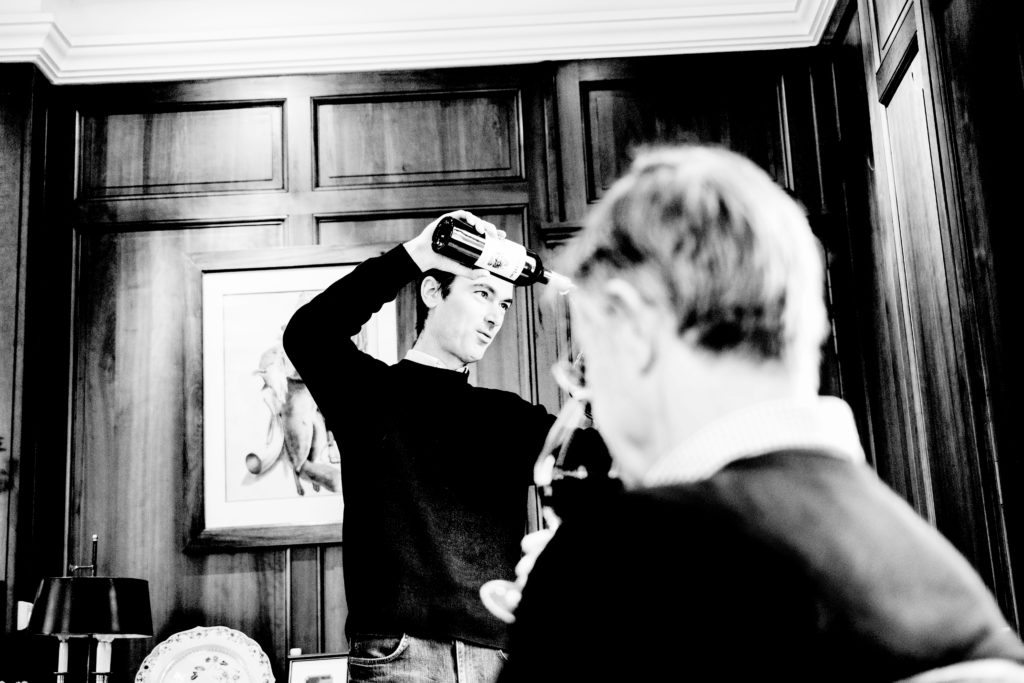
- Alexandre Thienpont"2019 is a vintage that gives a lot of pleasure; it is classic."
“2019 is a vintage that gives a lot of pleasure; it is classic,” said Alexandre Thienpont, owner of Vieux Château Certan. “We just needed to wait for the rain before harvest, to push the grapes through to ripeness. For the Cabernet Franc, we were so late picking—our neighbors had harvested. Then we harvested, as did Cheval Blanc. We dared to add some Cabernet Sauvignon to the blend this year. The Cabernet Sauvignon here had such an immortal smell; it smelled like the beach, like the dunes and the flowers there.”
“During the picking, I had to make strategic decisions,” said Frederic Faye from Figeac. “I have been working here for 17 years. I knew some plots of Merlot were ready. We needed this to maintain the brightness of the fruit. Then I decided to wait for the rest of the Merlot—for the texture. It was so dry. The rain was necessary for the Cabernet—these vines really needed that late September rain. In the end, this year, I think I have picked the best Cabernet Franc that I have ever picked!” The harvest at Figeac was drawn out over four weeks, starting on 13 September and finishing in mid-October. Figeac is called out here because even though 2019 was, as many winemakers stated, an “easy” vintage, it is clear from my tastings that it was not quite as easy to make exemplary wines as it was to make good to excellent wines. Note that the review of the 2019 Figeac is also featured in a separate, dedicated report on Chateau Figeac, entitled: "Not to be Different, But."
A brief recap of the 2019 Growing Season:
Winter rainfall was lower than average.
The months of February and March were warm and dry, resulting in an early bud break. Frost was a risk, calling for evasive maneuvers. Most vineyards managed to escape unscathed.
Spring rainfall from April onward was above average, with the April and June rainfall numbers being well above average. The level of spring precipitation would be critical to giving the vines the wherewithal to power through the first phase of this relatively dry vintage, but it also kickstarted a growth spurt that required managing.
Merlot yields were down this year due to some incidences of coulure in the spring,
and there were reported cases of uneven ripening with this variety, ultimately impacting style and, in some cases, the quality of Merlot dominant blends.
Early to mid-June was relatively cool and rainy. However, the heat started to kick in from about the last week of June.
Early July was scorching and dry. Vines were just starting to struggle when rain appeared on 25-27 July. A little more welcome rain came at the end of the first week of August, pushing most vines through veraison.
On exceptionally well-drained soils such as the deep gravel plateaus in the Médoc and the sand and gravel soil profiles on the Right Bank, the rains at the end of July and early August were critical factors in the ultimate quality of the vintage.
August was relatively dry and moderately warm.
Average temperatures for July and August in 2019 were well below 2018 and more on par with 2016.
Merlot mainly was harvested in mid- September, although some waited for rains to help the vines achieve phenolic ripeness, which finally came during the third week.
Light rains occurred on 23-26 September, supplying just enough water to potentially allow the remaining Merlots and many of the Cabernet vines to achieve phenolic ripeness.
Cabernet Sauvignon berries came in small and intense, the best possessing beautifully ripe tannins. Those Médoc producers on their game in 2019 brought in some through-the- roof good Cabernet.
While the Cabernet harvest strategy on the Left Bank was a bit more straightforward, there were three major ways to approach harvest on the Right Bank, where differences in soil type and the heterogenous Merlot ripening caused by coulure played a critical part in stages of development. Vines on clay and limestone, understandably, progressed at a steadier rate and tended to ripen slightly quicker. Those on sandier/gravelly soils generally experienced a sluggish period, many needing to wait for the rains in late September for phenolic ripeness. A few of those on the larger estates with a variety of soil types adopted the strategy to divide the vineyard into even smaller plots for harvesting according to ripening. These efforts made all the difference.
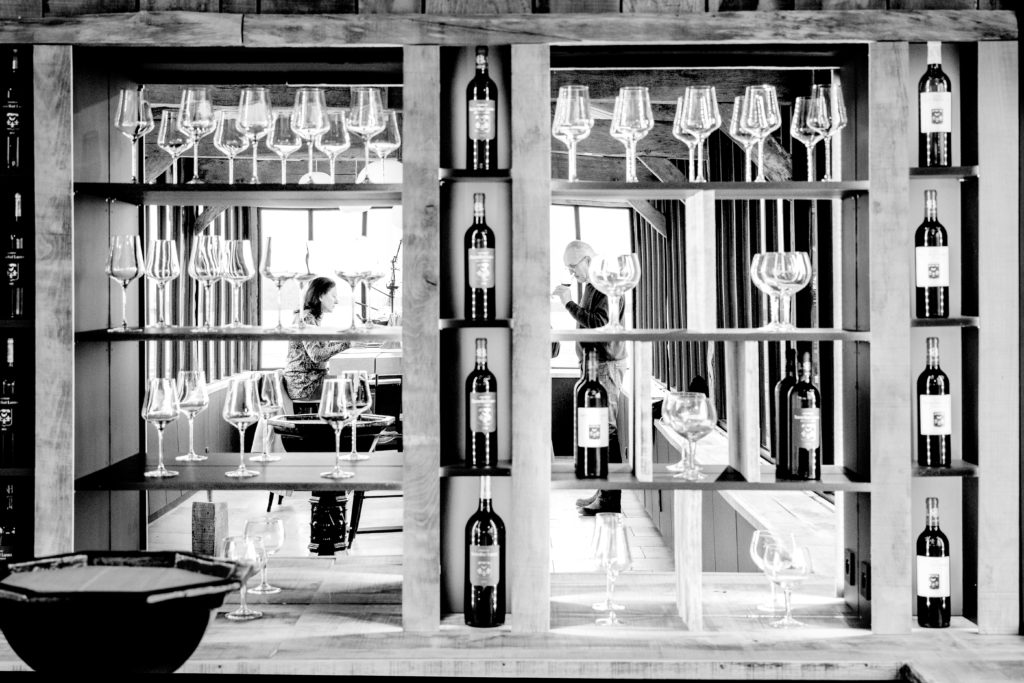
Winemaking
”No frost, no hail, no mildew in 2019,” said Fabien Teitgen, winemaker at Château Smith Haut Lafitte. “There was no problem achieving ripeness this year. The challenge was to keep the freshness.”
This vintage, successful winemakers took extra measures to preserve the freshness of the rich, intense fruit from this warm, dry vintage, which helps explain one of the key signatures of 2019: ENERGY, especially compared to 2018. Some measures to preserve this striking sense of vivacity included:
- Applying extra gentle maceration.
- Little or no use of press wines.
- The use of amphorae and larger barrels (foudres) for the élevage.
- Not adding sulfur dioxide before or during fermentation.
- In a few places, such as La Conseillante, débourbage (cold settling) was performed to remove the dust and dirt in the juice that can come with a dry vintage.
- Fabien Teitgen"No frost, no hail, no mildew in 2019"
”We use foudres for refinement.”
“After the disaster we had in 2018, 2019 was an easier season,” commented Château Palmer’s technical director Thomas Duroux. “The main challenge in 2019 was not in the vineyard; it was to manage that generosity of mother nature. We wanted the wine to be balanced, not over-exaggerated in any way. We use foudres for the second part of the aging process, for refinement."
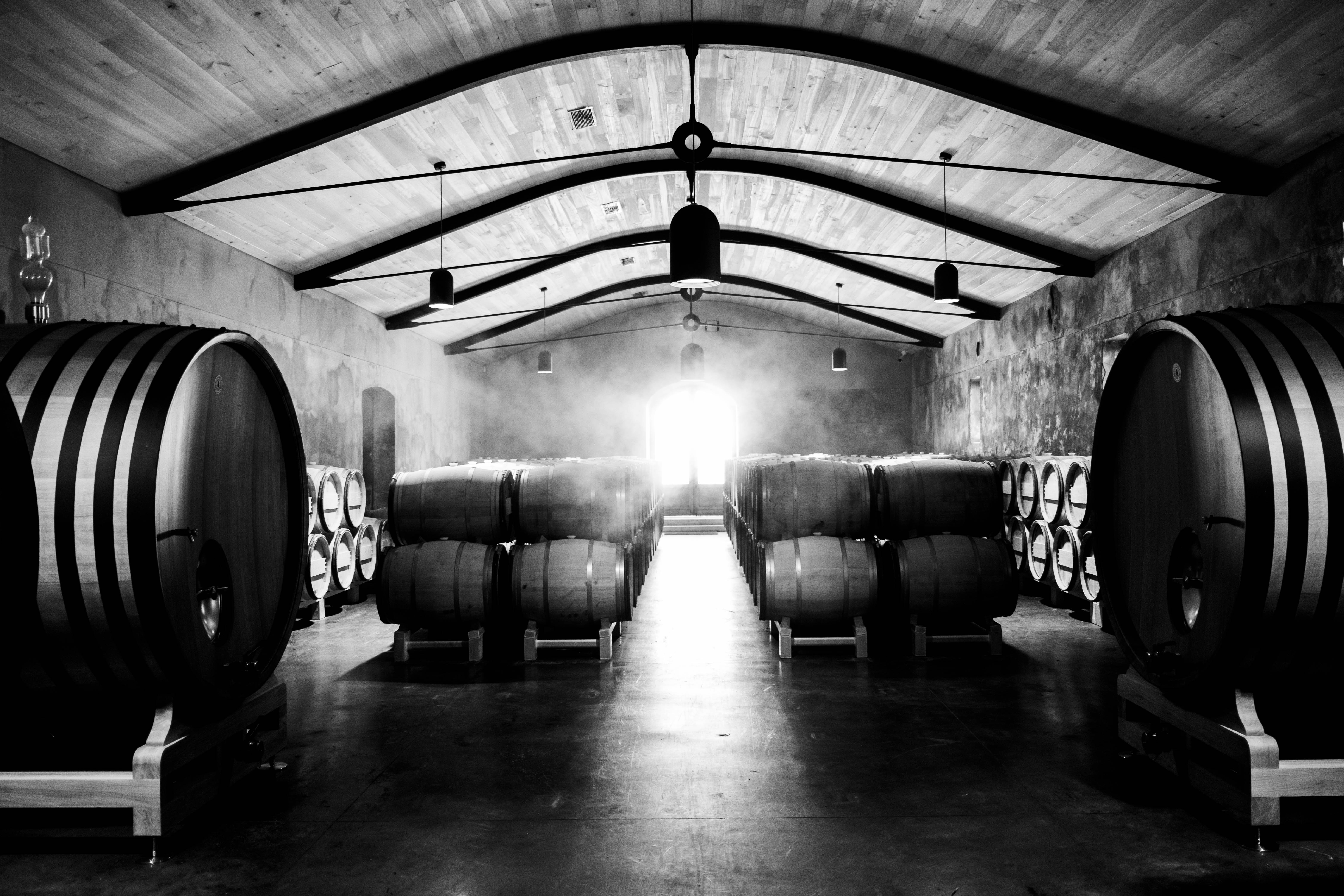
It was incredibly telling to taste Palmer and Rauzan-Ségla, two wines I had not previously been able to taste, particularly in comparison to the Château Margaux, which I had tasted during primeurs. Palmer has the highest proportion of Merlot (43% in 2019) of the three, albeit mainly located on a plateau of gravel. Rauzan-Ségla is also known for having a hefty proportion of Merlot, sporting 35.5% in 2019. In contrast, Château Margaux has 90% Cabernet Sauvignon, typical for this label. The comments of Duroux and the character of these more Merlot-based wines confirm that the Merlot needed more managing than the Cabernet in the winery, with an opulence that would have veered dangerously close to over-ripeness, were it not for those delicate touches in the winery.
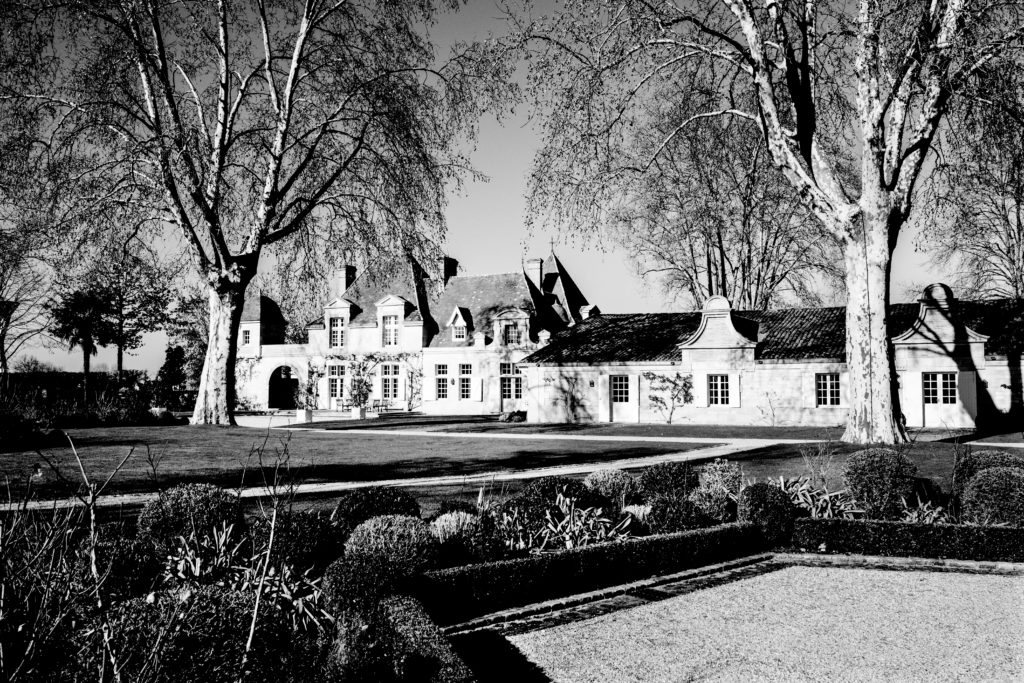
Pieces Falling into Place
As with Palmer and Rauzan-Ségla, other Châteaux that I did not get to taste during primeurs helped fill in the gaps of the complete story of how 2019 played out across Bordeaux and to understanding the nature of this vintage. Another dangerously dry vintage, especially into the home stretch leading to harvest, it became clearer and clearer that waiting until after the late September rains was instrumental to pushing not just the Cabernets but some of the Merlots through full flavor and phenolic ripeness, particularly when considering the uneven ripeness affecting the Merlot. Cheval Blanc was among the last to finish harvest in Saint-Émilion.
"Fresher and fresher and fresher"
- Pierre-Olivier Clouet
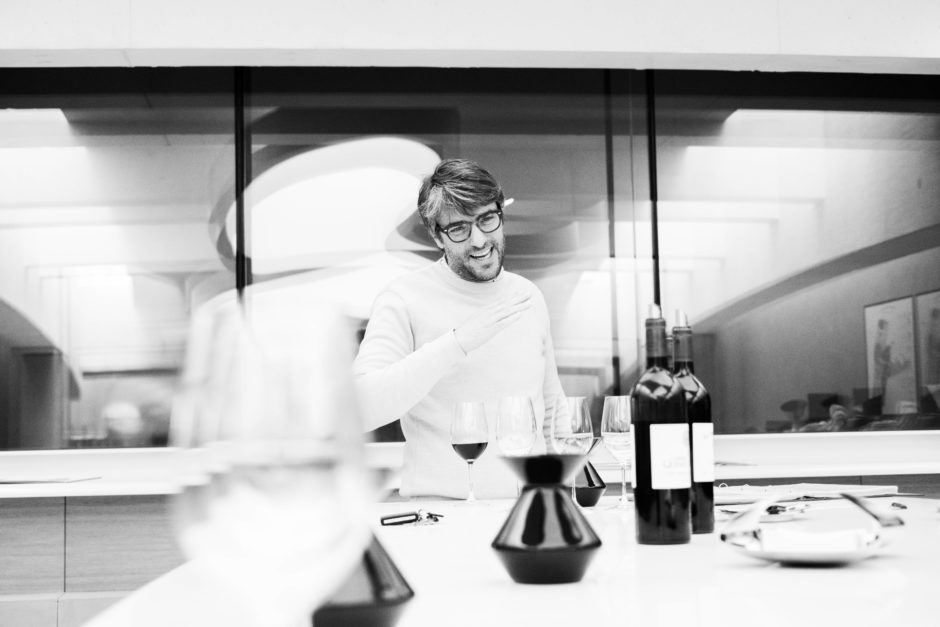
“You give a winemaker a piece of paper and ask them to write the perfect conditions for harvest, and they will write down what happened in 2019,” said Cheval Blanc’s technical director Pierre-Olivier Clouet. “I had the same feelings I had in 2009. I was afraid it would be too ripe. But every time we tasted the juice and the blend, and during aging, the wine was fresher and fresher and fresher. At Cheval Blanc the 2019 is like 2009. This was the kind of vintage at Cheval Blanc where you had to accept to do as little as possible. It was a vintage that was done alone in the vineyard. You just needed to preserve it—not to oxidize, etc. This was the earliest we blended. There is no press wine in here. It can bring a certain rusticity and dirtiness. We want to preserve the beautiful purity on the nose. You must be very careful not to ruin what you have.”
Meanwhile, the 2019s from the two legendary parcels within shouting distance of each other on the Pomerol plateau, Lafleur and Petrus, had been a mystery to me until February this year. The two vineyards have very different soil types. Petrus is situated almost exclusively on its famous “buttonhole” of crasse de fer- an iron-rich blue clay that eventually forms an impenetrable pan below the roots, locking-in moisture for the roots resting above it. Lafleur has a complex mosaic of soils, including a large portion of free-draining sandy gravel, accounting for the higher proportion of Cabernet Franc.
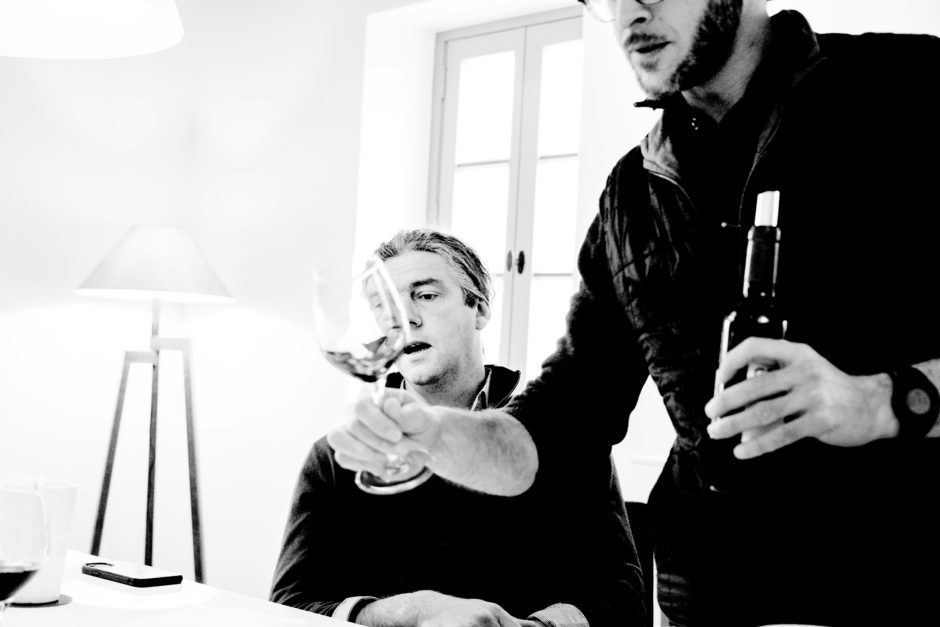
"A serene vintage"
“2019 is tasting much more serene today,” commented Baptiste Guinaudeau as we tasted. “It was a serene vintage. 2019 was quiet cruising compared to 2021, for example. The Merlot was picked just before the rain. We don’t want to impress by power. We want density without weight.” Lafleur brought their Bouchet (Cabernet Franc) in on 30 September, after the rains.
“The structure is quite important in this 2019,” said Olivier Berrouet, winemaker at Petrus. “It has been dominated by its tannin for a little while, but now you can begin to see what is there. And in the end, on the finish, you can feel the wine is very balanced. The tannin cover is thicker than usual, and so it takes a little while for the wine to reveal itself. During the vinification, we were surprised with the structure of the wine, compared to 2018 and 2020, and how it took more time to express itself. It took a lot of time for this wine to express itself in barrel! I always ask myself if I should decant it before showing it—it really needs time.” (Berrouet opened the bottle we tasted in front of me without prior decanting.) “For us,” continued Berrouet, “2019 was a very powerful vintage, showing the full impact of the clay. The structure and power of Pétrus are even more obvious in 2019. The reaction to the vintage of the clay, as opposed to the gravel around us, was very different. The pH this year is 3.55, providing a lot of freshness. For me, the quality of the finish is very, very important. What is the lasting impression? This is an important characteristic of great wine. When we decide to pick, we are driven also by the quality of the tannins. At Petrus, we must harvest ripe tannins, so it is always a balance between the complex, fresh aromas and the ripe tannins. Eventually, the structure should not dominate the aromatic palate of the wine.”
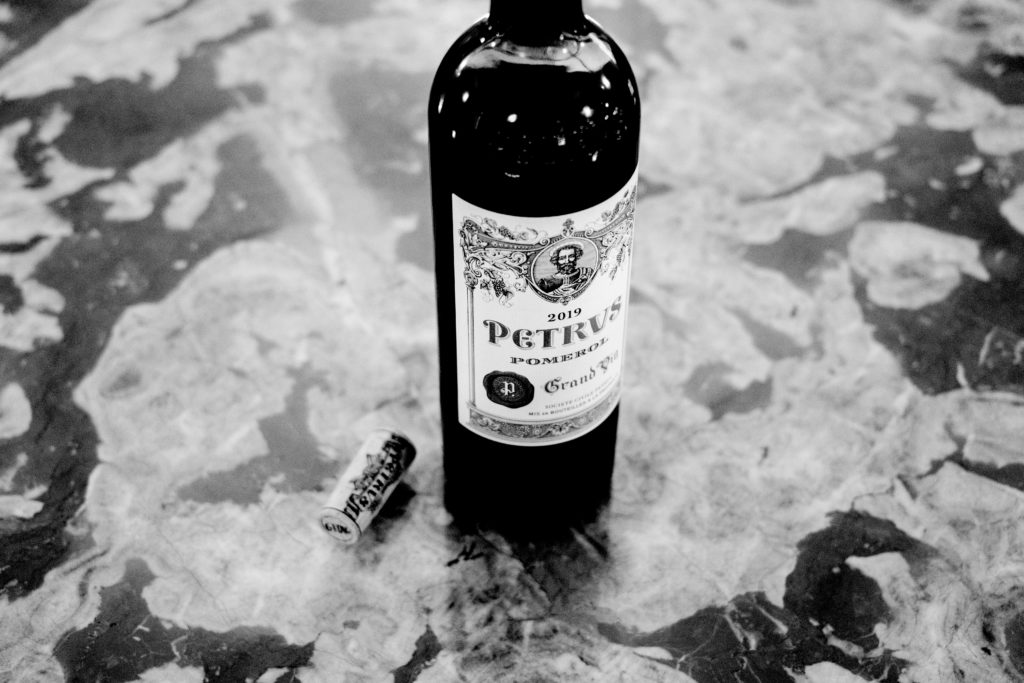
Although incredibly different styles, both Lafleur and Petrus are astonishingly impressive in 2019. If we put the analysis of quality aside for a moment, which is almost beside the point when considering both vineyards and the fanatical efforts of the people behind them in the context of a great vintage, they beautifully illustrate what is perhaps the most important point of Bordeaux 2019: that terroir signatures are in no way blurred by the impact of the vintage. In 2019, the distinct personalities of these two neighboring properties are perhaps more evident than they have ever been. Tasting Petrus after Lafleur was when the final piece of this vintage puzzle fell into place.
2019 is not just another great vintage. Because the nature of this vintage coincides with this modern era of ultra-sensitive, precision winemaking, this is perhaps the most terroir expressive vintage Bordeaux has ever crafted.
Quality
In my 2019 Primeurs report, I was impressed by the consistency of quality from entry-level to sky’s- the-limit prices, and I continue to be. 2019 is an exemplary vintage, no question, which is not to say that everything is exemplary, excellent, very good, or even good. As with most warm, dry vintages, young vines, and those on very free-draining soils, farmed without evasive management, struggled. There are wines made from grapes that did not achieve full phenolic and flavor ripeness and some hard, rustic tannins out there. Some wines were over-extracted. And there are those with hot finishes from higher alcohols that don’t match the concentrations of fruit. But thankfully, I haven’t found many poor-quality 2019s.
And then there’s terroir. Dragged through the muck by marketing departments over the last thirty years, terroir is now a dirty word; excuse the pun. Even wine professionals these days pooh-pooh its usage.
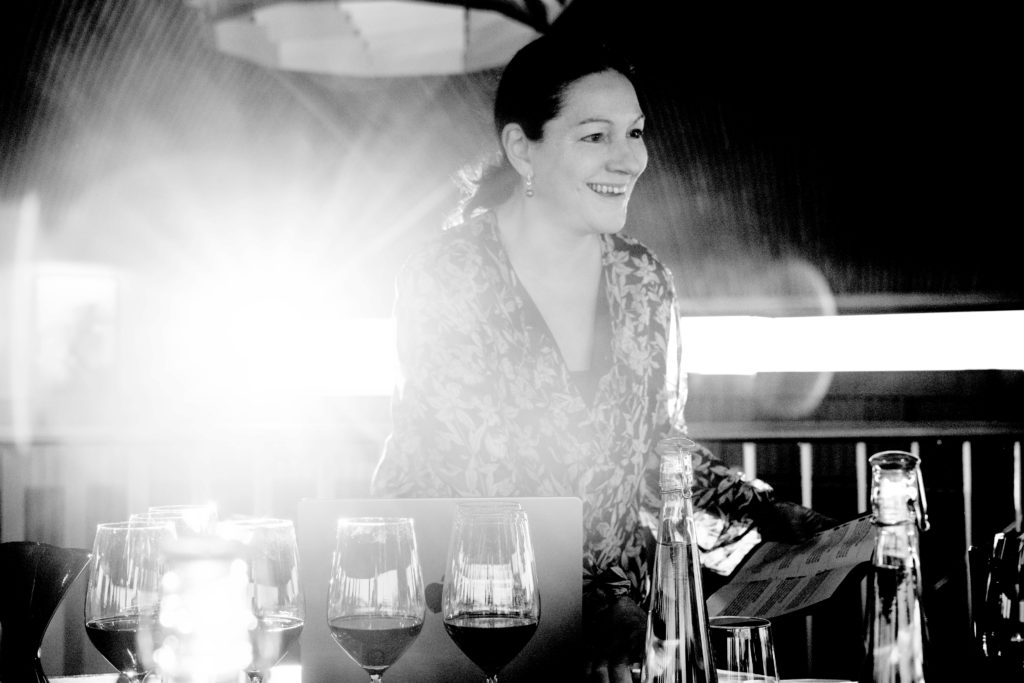
Lisa Perrotti-Brown
Loosely be translated from French as “land,” in the context of wine, terroir encompasses much more than this. It can be defined as the interaction of the unique elements of the vineyard habitat— climate, topography, weather, and soil—plus, in some cases, the ways and means of managing
the vineyard and ultimately how it is expressed with the winemaking. All vineyards have a unique terroir, but not all wines convey their terroir, nor is this necessarily the goal.
That some parcels of land can ripen fruit more consistently than others is a basic demonstration of why terroir matters. Wine, after all, is an agricultural product.
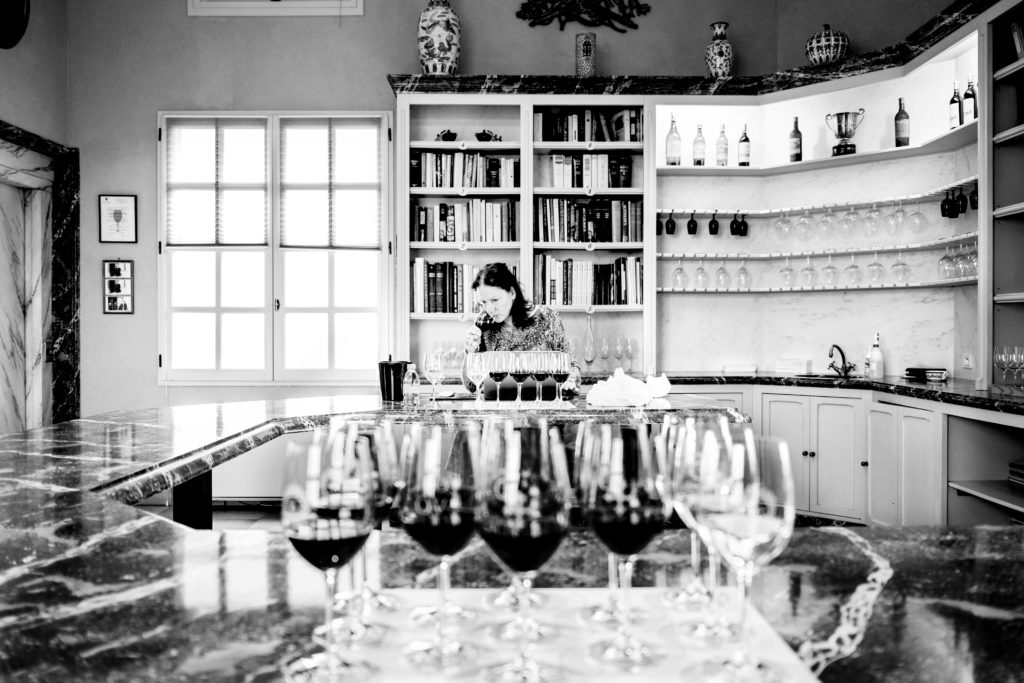
It is one thing to aim to make the greatest quality wine possible from the grapes that come in each year, and it is another to aim for the greatest possible expression of a vineyard, a year, and a custodian. With the snowballing importance of high ratings, the former goal has become the emphasis for many. Winemakers have measured out their lives with 100-pointers. And this overarching pursuit of “perfection” is not necessarily destructive. However, I believe that stylistic diversity and terroir signatures are the lifeblood of great wines. To deliver a pure, authentic sense of place, time, and person in a glass of wine—regardless of the style—is a transmigration of culture into a glass. Great wine should be more than just a delicious alcoholic beverage that ticks all the quality boxes; it should be an experience.
Finally, you may ask, is 2019 qualitatively better than 2009, 2010, or 2016? It’s
in this realm of great years, for sure, but it’s a question that misses the more important point. Here is a vintage in which few winemakers needed to sacrifice terroir expression in the quixotic pursuit of points. It is a vintage where greatness is expressed explicitly by dedication—the best the place and its people could do. While I appreciate that not everyone can afford to taste 2019 Lafleur and Petrus side-by- side, in ten, twenty, or thirty-years+ from now, I do hope that two to three treasured 2019 bottles of favored Châteaux are sipped side-by-side by readers, specifically to appreciate the wines’ captivatingly well-defined differences that are uniquely expressed by this vintage.
How Does 2019 Compare to 2018 & 2020?
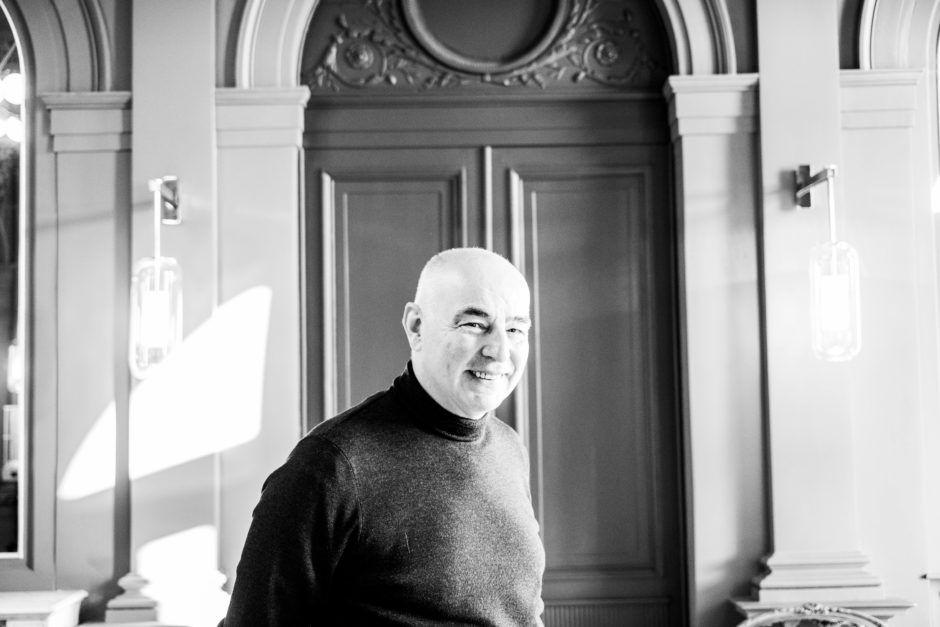
"The perfume"
I think I prefer the 2019 of the trio - 2018, 2019, and 2020,” said Bruno Borie, owner of Ducru-Beaucaillou. “2019, it is more athletic. It has the perfume de vin. The perfume! This tryptic of vintages we will talk about for a long time. But the 2019 vintage with the very small, intense berries...amazing!”
I will soon be publishing a comprehensive report on the Bordeaux 2018 vintage, and readers can expect an extensive report on the 2020s in bottle to be published in early 2023. Meanwhile, stylistically these three vintages are interesting to compare. All three growing seasons were dry and warm to hot, but, as with most things of quality, the devil is in the details.
2018 produced some of Bordeaux’s most opulent, big, rich, full-bodied wines ever. I would even go so far as to say there are some absolute legends in the making. It was an extreme year, and quality came down to the site and how growers managed what mother nature threw at them. It is not as consistent as 2009, 2016, or 2019. There are a lot of ordinary, hard, lean, and rustic wines at the lower end, mainly due to vine blockage and berry dehydration. But the highs are astonishingly good. At the risk of being controversial, in 2018, I would generally say that tannins were far better managed in the vineyards and the wineries than in 2010, and I like some of the 2018s better as a result. The real question is vintage style and managing consumers’ expectations of what great Bordeaux is, which surely cannot be just one style (any longer???). True, some consumers flat out won’t like these bigger, richer, higher alcohol, higher tannins (albeit very ripe and plush in the best cases), and lower acid wines. Other consumers won’t be able to get enough.
Energy is the perfect word to describe the style of the 2019 vintage. Compared to 2018, the flavors are remarkably bright and refreshing—like crunching into ripe but not overripe fruit. And yet, these are also wines with gravitas, weight, and jaw- dropping intensity. The juxtaposition between alcohols (on the high side), vibrant fruit profiles, higher acids, and lower pHs (for the most part) gives the best 2019s this real sense of energy in the mouth. Its style is like a vortex of contrasts, creating a fantastic sense of harmony on the palate. 2019 delivers fresh black, blue, and red fruits with floral accents and minerality galore. The red wines of the Right Bank and Pessac-Léognan are more varied in styles than those of the Médoc. There are a few of the more opulent, spice-bomb 2018 styles among the 2019 Merlot-based wines. Still, you can also find Right Bank wines of incredible freshness, elegance, and finesse, particularly those coming from vineyards situated on limestone and clay.
2020 tends to favor the Right Bank and Pessac-Léognan. The best Right Bank wines are beautifully pure and perfumed expressions, some on the crunchier fruit side, and others are juicier. This year’s signature seems to be a fantastic mélange of darker fruits, creating a complex, layered effect that is stunning. The Merlot alcohols tend to be moderate to high this year. Most are 14% to 14.5%, a few top 15%, while acids are well-balanced to refreshing. Sites on limestone continue to offer strikingly low pHs (higher acidity), e.g., Château Canon at 3.53 pH for an alcohol of 14.5%. Pessac-Léognan wines are also generous and fleshy, pushing the fruit into the background and waving the crushed rocks and exotic spice flags.
Meanwhile, the quality of the Left Bank wines in 2020 is more variable. The best Médoc wines are a paradox—lighter-bodied, elegant, and wonderfully perfumed. They would fool you into thinking they come from a far cooler vintage. At worst, some Médoc wines are dilute (a consequence of varying levels of rain after veraison), with a hollow mid-palate that doesn’t match the firm tannins, and they have an abrupt finish. Bodies are generally light to medium in weight, and the alcohols are on the low side, mostly 13% to 14%, with relatively soft acidities.
Sauternes
Until then, Happy Bordeaux 2019 Hunting!
–
Article & Reviews by Lisa Perrotti-Brown MW
Photos by Johan Berglund

PRODUCERS IN THIS ARTICLE
> Show all wines sorted by scoreMore articles

Pilcrow’s New Releases
18th Apr 2024
7 tasting notes
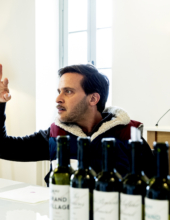
Bordeaux 2023 Primeurs Photo Essay
18th Apr 2024
0 tasting notes
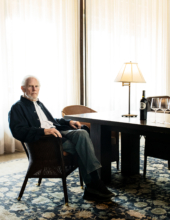
Harlan Estate, BOND, Promontory 2021 and 2011
11th Apr 2024
14 tasting notes
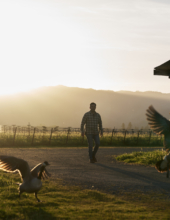
Favia 2012-2021
04th Apr 2024
17 tasting notes
Show all articles